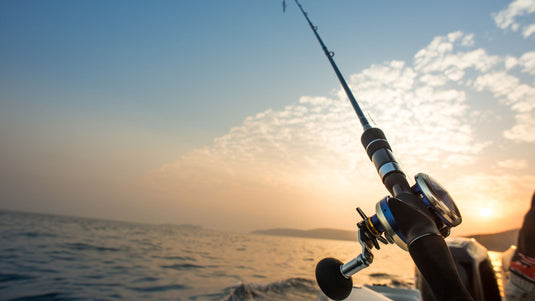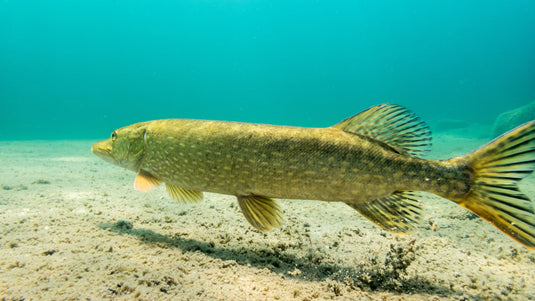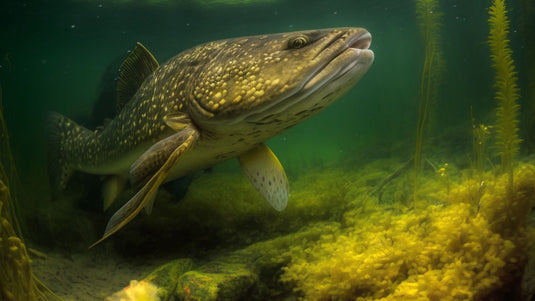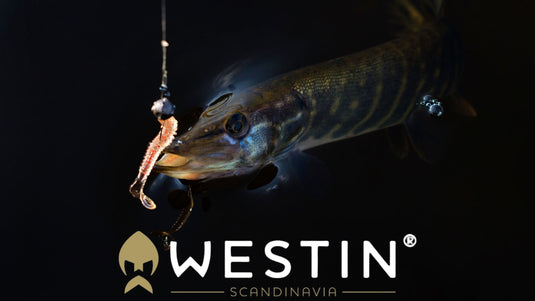Effects of Air Pressure on Fish
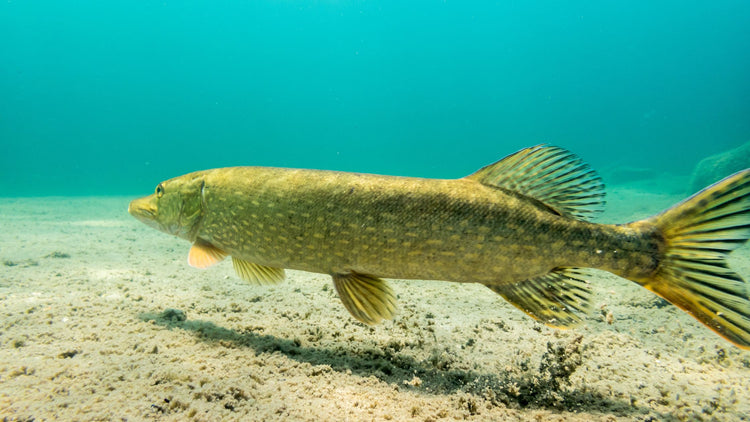
The Surprising Effects of Air Pressure on Fish: A Deep Dive into Aquatic Adaptation
Fish, like all organisms, are remarkably responsive to the environment, particularly to changes in air pressure. From affecting their buoyancy to influencing their feeding behavior, variations in air pressure have a considerable impact on fish, especially for anglers, divers, and marine biologists interested in aquatic behavior. This blog delves into how air pressure affects fish in both freshwater and marine environments, exploring the underlying science and practical implications for enthusiasts and researchers alike.
1. Understanding Air Pressure and Its Link to Water Pressure
Air pressure, or atmospheric pressure, is the force exerted by the weight of the air above a given point. As air pressure changes, especially with the rise and fall of weather fronts, it can alter the water pressure at various depths. This shift impacts fish, which are sensitive to pressure changes because of their need to regulate buoyancy, energy, and even how they perceive their surroundings.
While deep-sea fish live in high-pressure environments and are largely unaffected by day-to-day air pressure fluctuations, fish in shallower bodies of water, such as lakes and rivers, are more influenced by these changes. Variations in pressure affect their swim bladders, a critical organ for maintaining buoyancy.
2. The Role of the Swim Bladder in Responding to Pressure
Many fish species possess a swim bladder, an internal gas-filled organ that enables them to control buoyancy. By adjusting the gas within the swim bladder, fish can maintain their depth without constantly swimming. However, changes in atmospheric pressure alter the swim bladder’s volume and, consequently, the fish’s buoyancy.
-
High Pressure (Good Weather): During periods of high atmospheric pressure, the air pressing down on the water is greater, slightly compressing the water. Fish with swim bladders experience a slight reduction in the organ’s volume, making them naturally sink a bit. To counteract this, they expend energy adjusting their position in the water column, which can make them less active or cautious, influencing their feeding and movement.
-
Low Pressure (Bad Weather): When low-pressure systems approach, such as before a storm, the pressure exerted on the water decreases. This reduction causes the swim bladder to expand, making fish feel more buoyant. Fish typically respond by moving to deeper waters to alleviate the over-buoyancy and find stability, often decreasing their feeding activity in these moments. This is why anglers sometimes find it harder to catch fish before a storm.
3. Pressure Changes and Fish Behavior: Feeding Patterns
Fish behavior is closely tied to atmospheric conditions, and air pressure shifts can significantly influence feeding. Many anglers notice that fish are more likely to bite during stable or gradually rising high-pressure periods. Here’s how feeding patterns relate to pressure changes:
-
Rising Pressure: Fish tend to be more active and feed eagerly during high-pressure conditions, as they are better able to control their buoyancy and maintain their preferred position in the water. They are often found in shallower waters and are more likely to pursue prey, making it a favorable time for anglers.
-
Falling Pressure: When pressure starts to drop, fish become less comfortable due to swim bladder expansion. This usually means they reduce feeding and activity, often moving deeper into the water where conditions feel more stable. This behavior is likely an adaptation to avoid being in an overly buoyant state that could make them vulnerable to predators or challenging water dynamics.
-
Sudden Pressure Shifts: Rapid changes in air pressure—such as those during thunderstorms—can startle fish and cause abrupt behavior shifts. In these cases, fish may quickly dive to greater depths or huddle near shelter, ceasing almost all activity, including feeding.
4. Impact on Different Fish Species and Depths
Fish species react differently to air pressure shifts depending on their habitat and physiological adaptations. Here’s how variations impact different types of fish:
-
Shallow-Water Fish: Shallow-dwelling fish, like bass and trout, are more responsive to air pressure changes because they inhabit areas where these shifts affect water pressure more noticeably. Their behavior often aligns closely with weather patterns, leading to the common notion among anglers that fish "know" when a storm is coming.
-
Deep-Sea Fish: Fish living at greater depths experience consistently high water pressure and are generally unaffected by daily atmospheric pressure changes. These fish are adapted to the extreme pressure of deep-sea environments, and minor atmospheric shifts don’t penetrate far enough to influence their swim bladders or behavior.
-
Migratory and Pelagic Fish: Fish that migrate or occupy various depths, such as salmon or certain tuna species, exhibit a blend of adaptations. While not as sensitive to immediate pressure changes as shallow-water fish, these species adjust their swimming depths over time in response to seasonal shifts and long-term changes in water pressure, which may indirectly relate to atmospheric cycles.
5. Practical Applications for Anglers and Marine Biologists
Understanding the relationship between air pressure and fish behavior is beneficial for anyone working with or studying fish. Here’s how this knowledge can be applied:
-
Angling Success: Anglers can increase their success by considering the atmospheric pressure and weather forecasts. High-pressure systems are usually the best time to fish, especially after a period of low pressure. When a low-pressure system is approaching, fish are less likely to feed actively, and anglers might find them in deeper water, requiring different tactics or equipment.
-
Marine Research: For marine biologists, understanding pressure changes aids in studying fish behavior, especially for species sensitive to environmental shifts. Researchers studying habitat preference, migration patterns, or stress responses in fish can consider pressure as a factor that influences fish movement and habitat choices.
6. Conclusion: A Fine Balance in Aquatic Life
Air pressure, though seemingly a surface-level phenomenon, subtly impacts the lives of fish in profound ways. From regulating buoyancy to shaping feeding and movement patterns, air pressure plays an essential role in aquatic life, particularly for fish in shallower waters. As we better understand these dynamics, we gain insights not only into fish biology but also into optimizing practices in fishing, conservation, and marine biology. It’s a remarkable reminder of how interconnected the atmospheric and aquatic worlds truly are.







